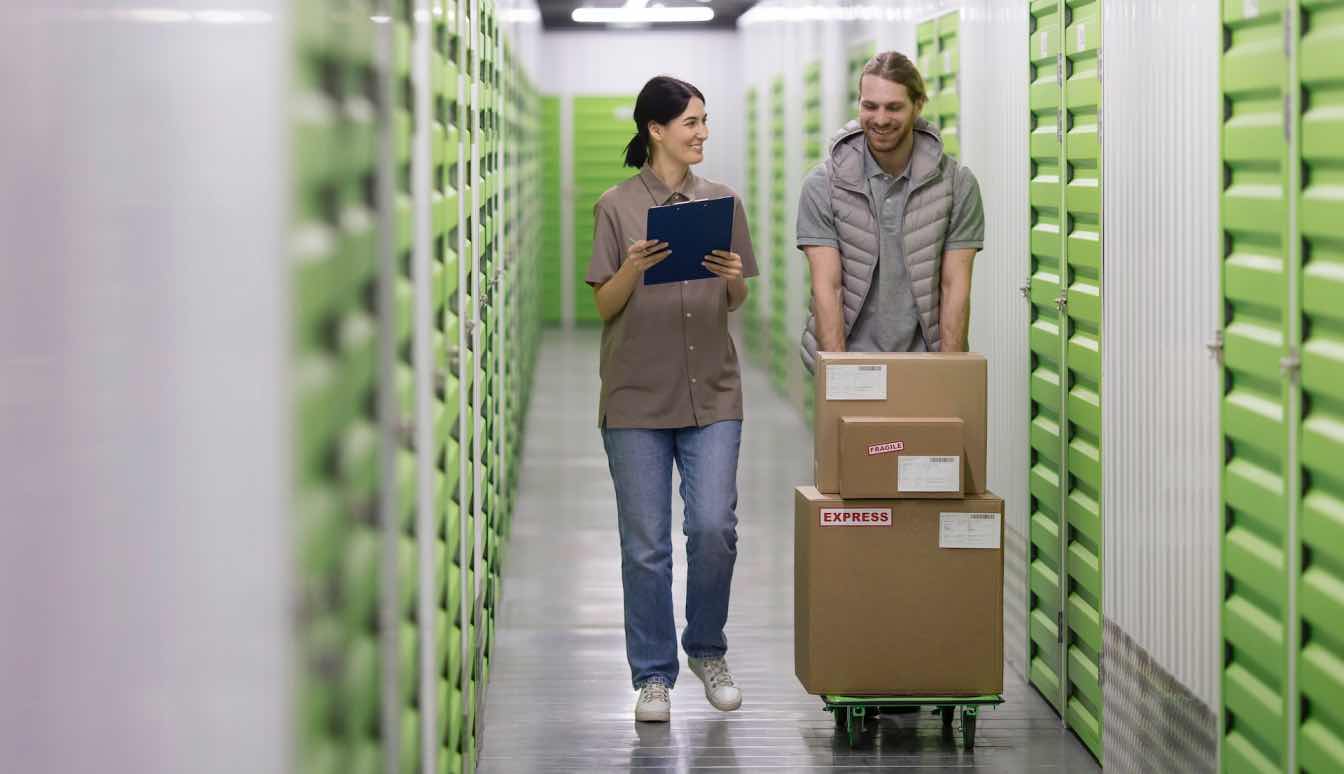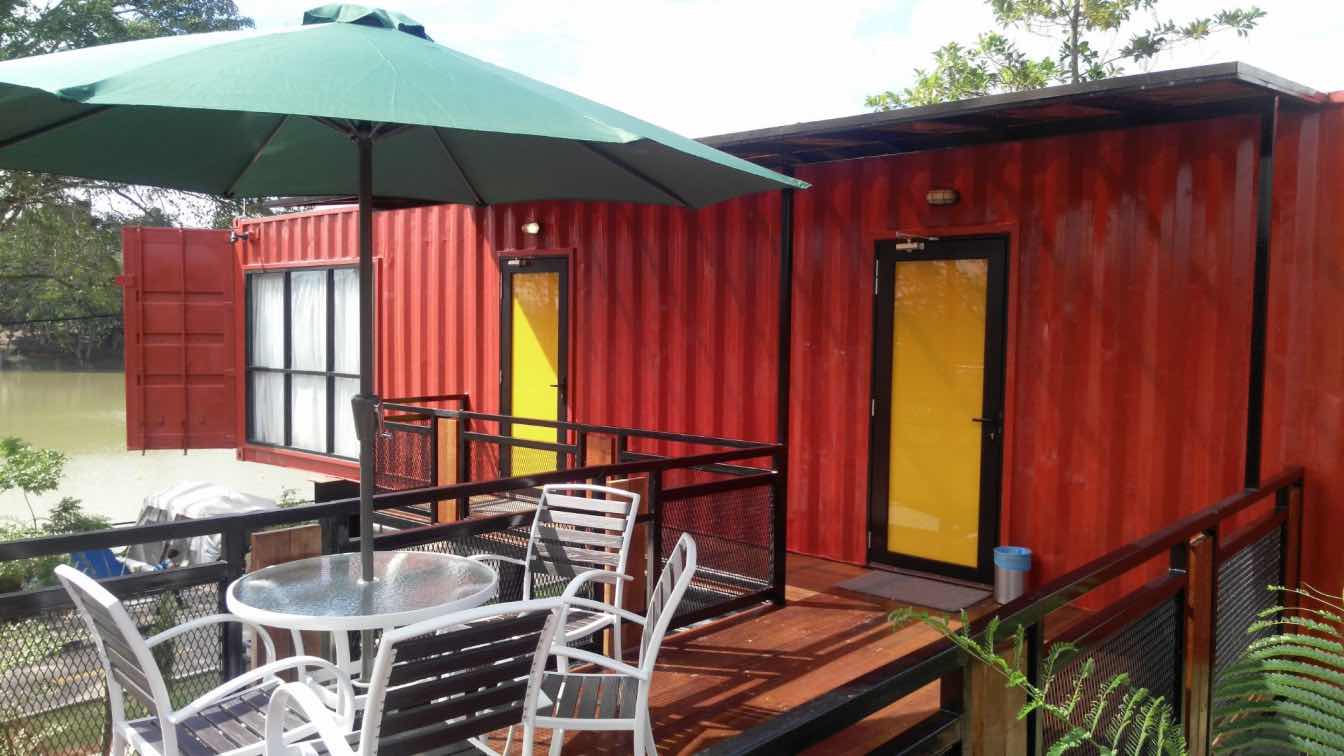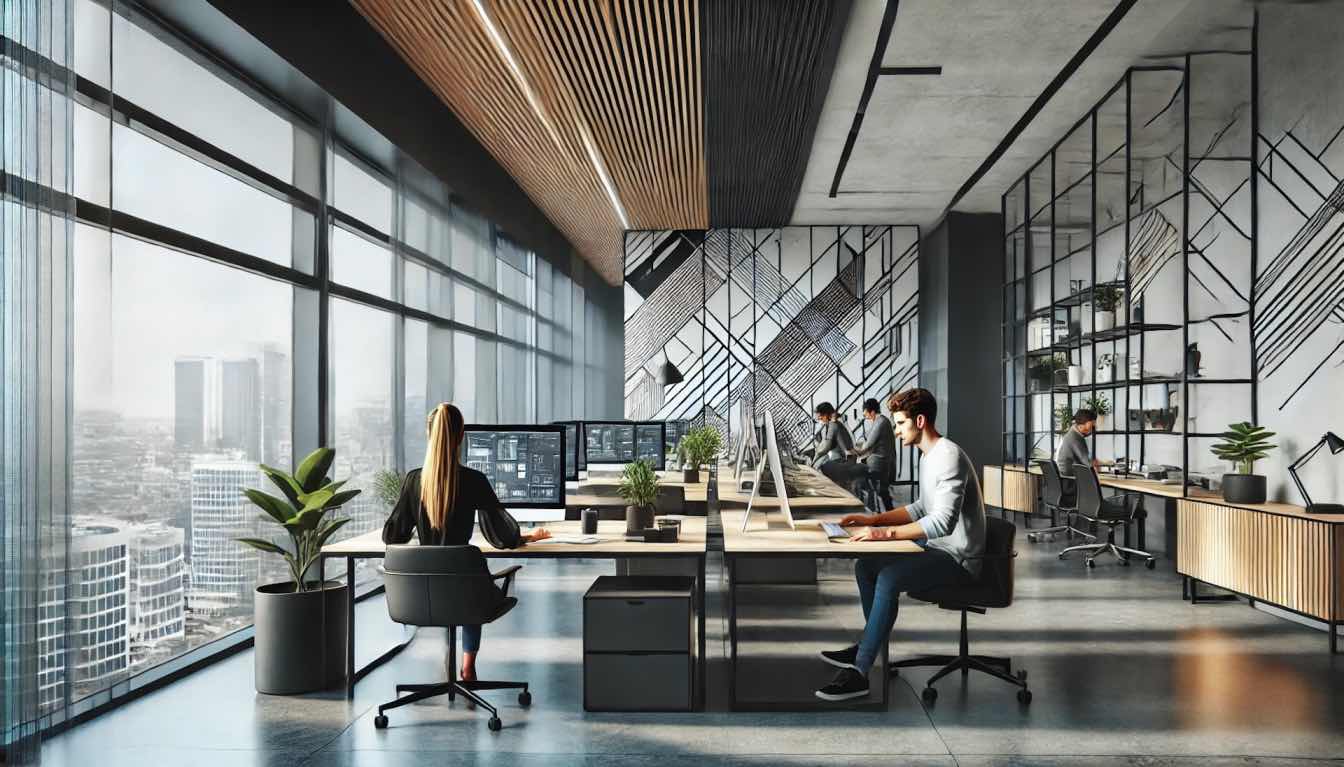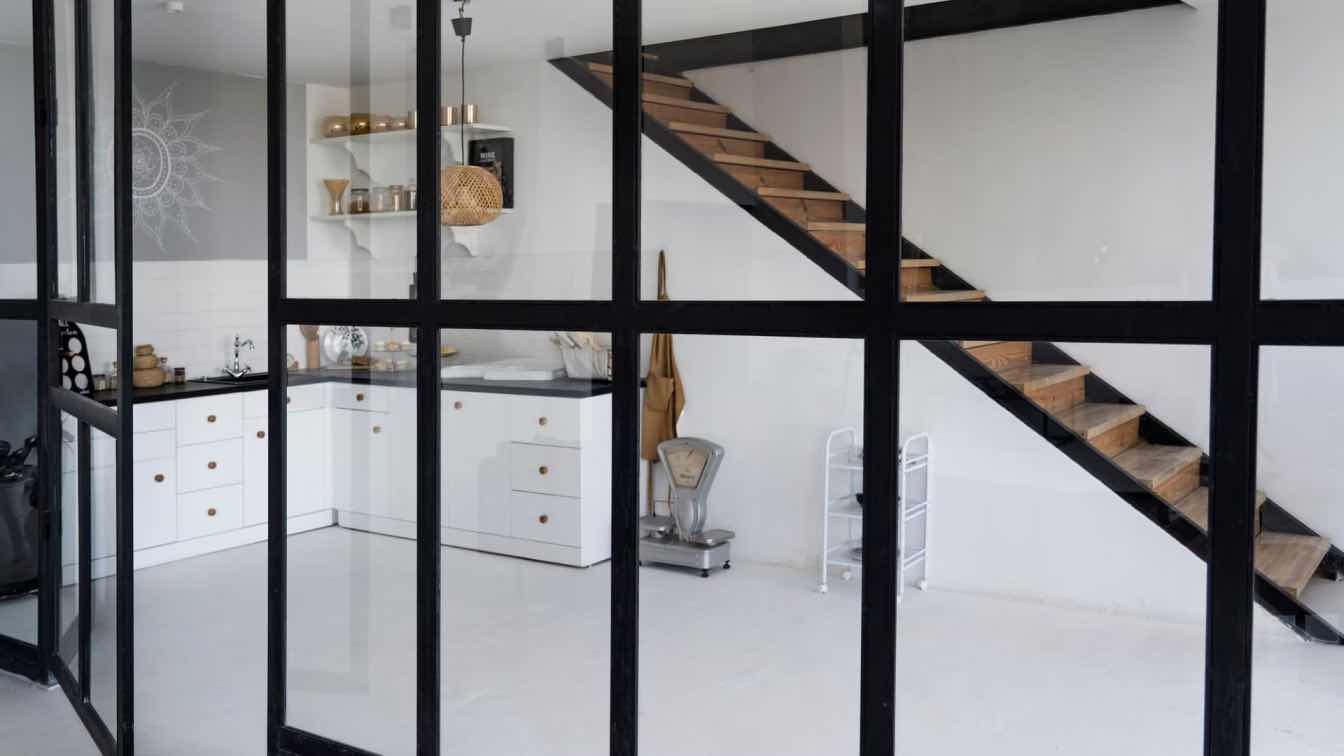Most self storage facilities pop up in quiet, predictable spots like suburban areas or outer boroughs. But some have found homes in the most unexpected places. As crammed spaces become the norm across the country, new solutions are emerging to help people make everything fit.
The growing need for extra space has led to creative solutions, including turning the old into the new — often in the form of storage space away from home. Through adaptive reuse, old buildings are being transformed, shedding their former purpose and taking on a new life as self storage facilities.
Driven by the need to maximize existing infrastructure and cut development costs, adaptive reuse has become an increasingly popular strategy. According to a study by StorageCafe, approximately 191 million square feet of self storage space in the U.S. comes from conversions, with industrial and retail spaces being the primary sources for these transformations.
Here are five of the most fascinating adaptive reuse projects in the U.S., where the past has been reinvented to serve a purposeful future.
1. Aviation spaces take on a new purpose
Notable Example: 7581 East Academy Blvd., Denver, CO
Conversion Type: Industrial to self storage
Nestled within the intersection of commercial and residential areas in Denver lies a self storage facility with a storied past. Now known as the Extra Space Storage facility on East Academy Boulevard, the business is housed within the historic Hangar No. 2. The structure, also known as Building 402, once served as a training facility for pilots at Lowry Air Force Base during World War II. A poignant reminder of another past life, the “Hangar No. 2” inscription can still be seen to this day.
The hangar’s redevelopment was pivotal in transforming the former Lowry Air Force Base into a mixed-use community. By preserving its history while incorporating sustainable elements, this clever solution met the growing need for space without requiring new construction. Solar panels now cover the hangar’s roof, cleverly designed to echo the original skylights, marrying innovation with heritage.
With Denver’s self storage market benefiting from strong demand and a low availability of 3.4 square feet per capita, adaptive reuse can help expand residents’ access to storage space outside the home. Overall, roughly 14% of the local storage space in Denver comes from conversions.
2. From silver screens to storage units
Notable Example: East 62nd Street, Manhattan, NY
Conversion Type: Entertainment to self storage
Roles can change throughout time, and a movie theater known as CMX CineBistro in Manhattan is doing just that. As streaming services start being more and more prevalent in our daily lives, it’s no wonder that more and more spaces are turning a new leaf and embracing a new purpose. In Manhattan, where space is a luxury, innovation knows no bounds. A staggering 75% of the borough’s self storage inventory is born from repurposed spaces — old buildings given new life. Take this former movie theater, for example.
CMX, the eighth-largest movie theater chain in the U.S., is now offering nearly 65K square feet of space to help combat the ever-shrinking living spaces in the city. Just one of the many movie theaters turning a new leaf in their repertoire, the theater is turning its past into a bright new future. Thus, cinematic charm is giving way for practical solutions to stand tall and come aid the locals in their quest for more needed space.
Across the city, an impressive 4.4 million square feet have been transformed into storage facilities, a testament to the creative solutions born from necessity. As investors navigate the complexities of strict zoning laws and lengthy construction timelines, they’re turning to adaptive reuse as the key to unlocking Manhattan’s storage potential.
3. Breweries tap into storage spaces
Notable Example: 3600 O’Donnell Street, Baltimore, MD
Conversion Type: Hospitality to self storage
Despite Baltimore’s self storage landscape being a testament to innovation, with over 1.5 million square feet of space repurposed across 15 facilities, the need for more space has not subsided. Earning it a national ranking of 11th for adaptive reuse, the city’s converted stock accounts for a significant 28% of the local market, yet the city still struggles to meet demand. Here, self storage per capita barely reaches 3.8 square feet, a far cry from the national standard. As such, adaptive reuse has taken a stand, and Baltimore’s past has been reborn as a center for community.
For instance, a former brewery now provides residents with an impressive 165K square feet of dedicated storage space. Once filled with the sounds of brewing, this structure now houses everything from family heirlooms to business inventory. An industrial gem now serving as fertile soil for new opportunities to sprout, the brewery’s conversion into a CubeSmart facility proves its tenacity to adapt without losing its essence.
4. Skating turns storage
Notable Example: 511 South Fair Oaks Avenue, Pasadena, CA
Conversion Type: Recreation to self storage
Curious to hear about one of the coolest places you can store your belongings?
In Pasadena, a building once chilled by the thrill of figure skating now warms to a different purpose. Originally constructed in 1940, its Streamline Moderne façade remains as a memory from the past.
First home to the Blade and Edge Figure Skating Club, it later changed into a U.S. Post Office, only to freeze in dormancy soon after. Years later, it transformed again, this time into a Public Storage facility, offering residents 63K square feet of storage space. The building’s past may have melted away, but its imprint can still be seen, despite its new purpose.
5. An industrial revival of old buildings
Notable Example: 78 Walker Street, Manhattan, NY
Conversion Type: Industrial to self storage
Manhattan has embraced creative solutions to tackle its space shortage, converting 4.4 million square feet across 37 facilities into self storage. These repurposed spaces now make up three-quarters of the borough’s storage options.
Yet, self storage availability in Manhattan remains scarce, with only one square foot of storage per capita — a stark reminder of the challenges of meeting demand in such a densely populated area.
One innovative example is unfolding in Tribeca, where a historic eight-story building is being reimagined to address the growing need for space. Once an office and factory building, this structure is undergoing a transformation into a modern self storage facility.
While the building’s exterior preserves its historic charm, the interior is being reconfigured to include nearly 300 climate-controlled units designed to meet contemporary storage needs. With its robust construction and thoughtful design, this adaptive reuse project bridges the past and the present, creating much-needed room in one of Manhattan’s most constrained markets.
With a touch of creativity and thoughtful innovation, adaptive reuse revitalizes aging structures, offering a seamless blend of heritage preservation and modern functionality. This design-forward approach enables cities to honor their architectural legacy while addressing contemporary needs.
In areas where space is at a premium, adaptive reuse has transformed unconventional sites into purposeful spaces — repurposing ice rinks into self storage facilities and breweries into repositories for household essentials. These projects showcase the ingenuity of turning underutilized structures into assets that serve the community.
As the urban landscape evolves, preserving the essence of the past becomes an art form. Rather than erasing history, adaptive reuse reshapes it to meet modern demands. By reimagining older buildings, architects and urban planners foster sustainability, providing solutions that respect the past while carving a path to a more versatile future.





